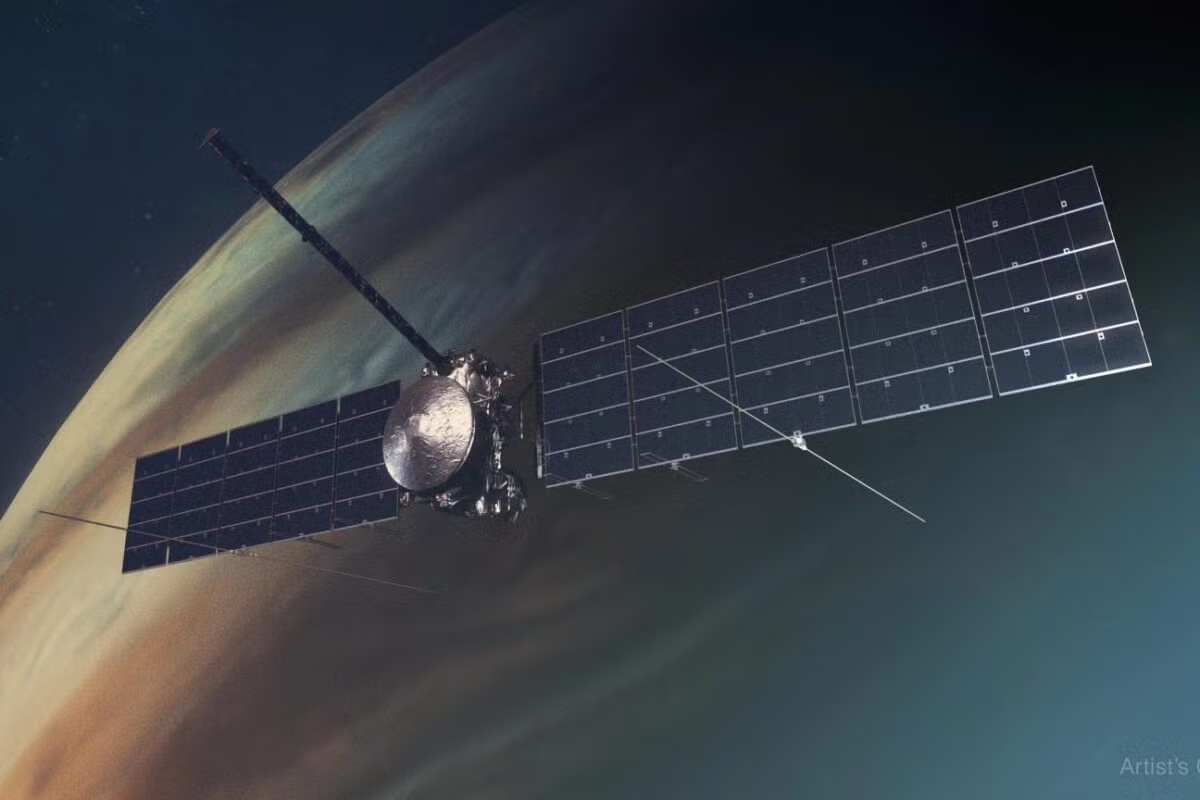News: Astronomy
Read the latest news from the College of Natural Sciences at The University of Texas at Austin
Unique Shape of Star’s Explosion Revealed Just a Day After Detection
Using the polarization of light, researchers revealed information about the geometry of the explosion that other types of observation cannot provide.

Taft Armandroff Elected to Chair Giant Magellan Telescope Board of Directors
With vice chair Brian Schmidt, the McDonald Observatory director will lead the next phase of construction.

McDonald Observatory
Tiny Galaxy, Big Find: Black Hole Discovered in Nearby Segue 1
Students discovered a surprise in the heart of a nearby dwarf galaxy.

Oden Institute
Born Together: A New Look at Binary Stars
A new study involving astronomer Stella Offner manages to pierce the universe’s dark, hazy cosmos for a glimpse at infant stars in relationship.

UT News
Space Research at UT: Microbes, Satellites and Deep Space Discoveries
UT Austin has long been a leader in space research, including since the launch of the Webb Space Telescope.

McDonald Observatory
A Cosmic Puzzle: Phosphine Found in One Brown Dwarf, Missing in Others
The explosive compound forms naturally in the atmospheres of Jupiter and Saturn, but on Earth it is also a byproduct of anaerobic life.

McDonald Observatory
Local Properties Keep Stars Bright with Night Sky-Friendly Lighting
Village Fresh Greenhouse Grown, the Brewster County Courthouse and Terlingua Ranch Lodge are the latest to adopt lighting that benefits astronomers and skywatchers.

McDonald Observatory
UT Austin Welcomes MIT to Giant Magellan Telescope International Consortium
The private research university becomes the 16th member of the international consortium advancing the GMT.

McDonald Observatory
Astronomers Investigate Complex Heart of a Cosmic Butterfly
The James Webb Space Telescope offers a new view of a planetary nebula located about 3,400 light-years away in the constellation Scorpius.

McDonald Observatory
The Universe’s Secret Harvest: UT Astronomers Shed Light on “the Cosmic Grapes”
The galaxy contains far more star-forming clumps than current theoretical models can explain.

